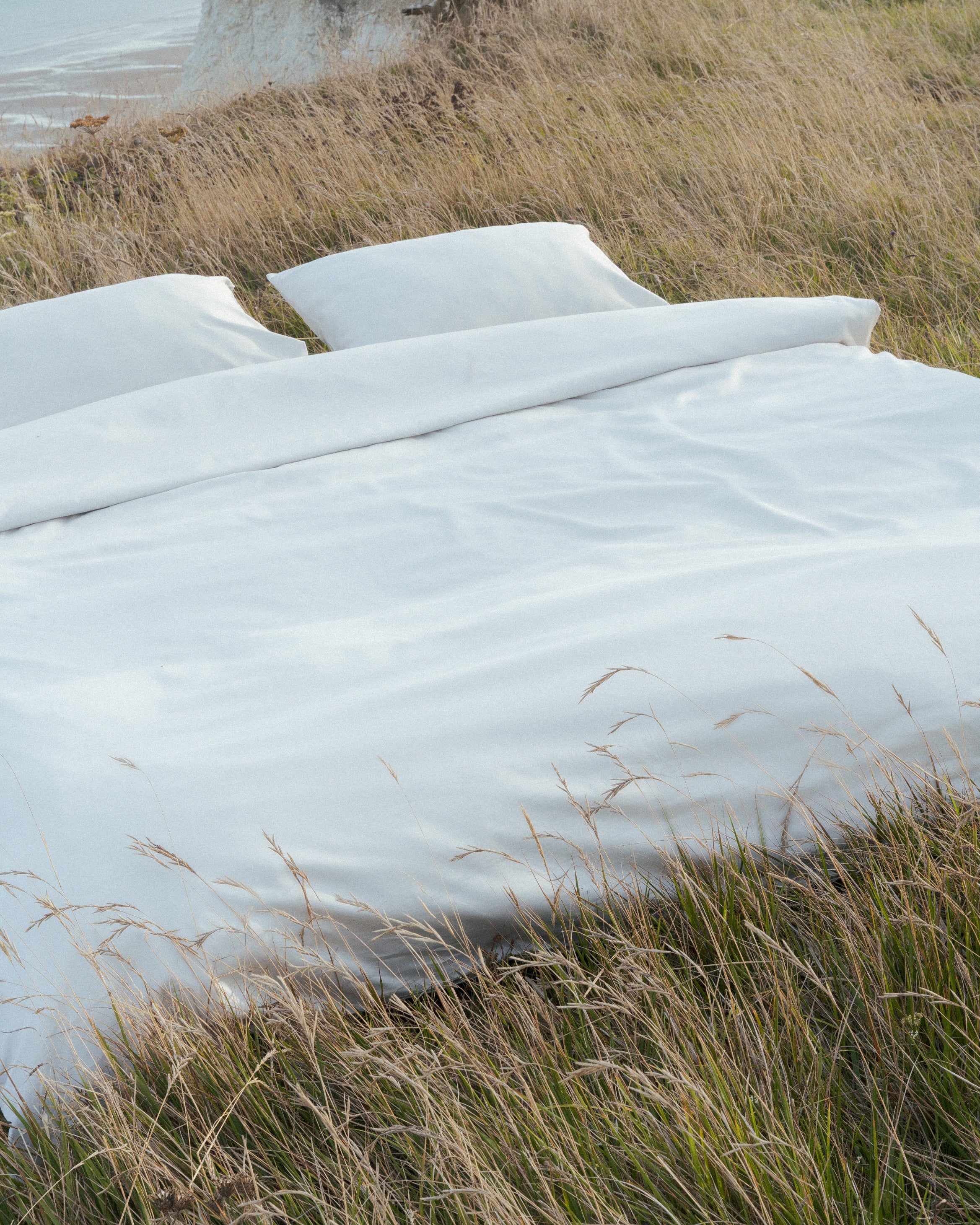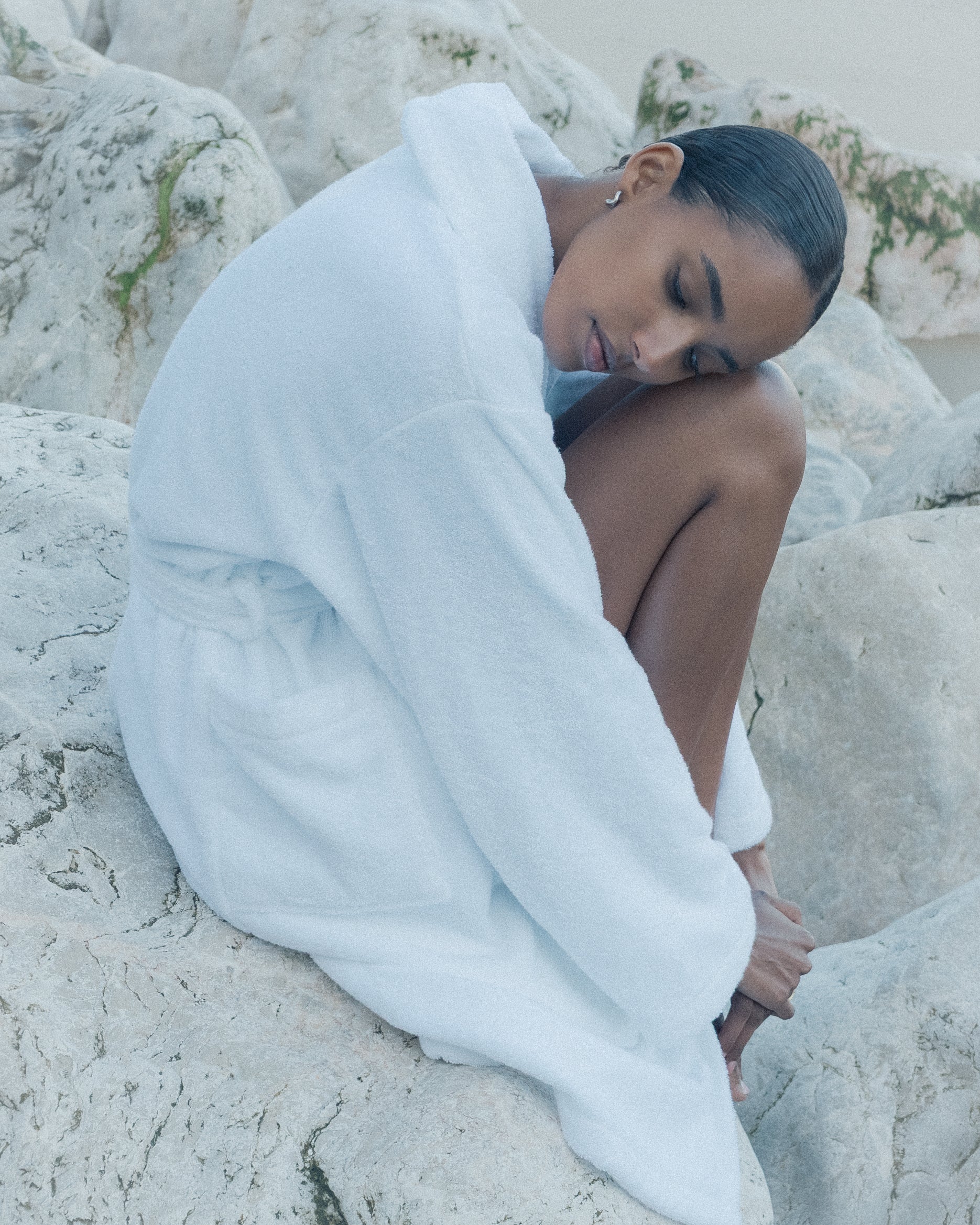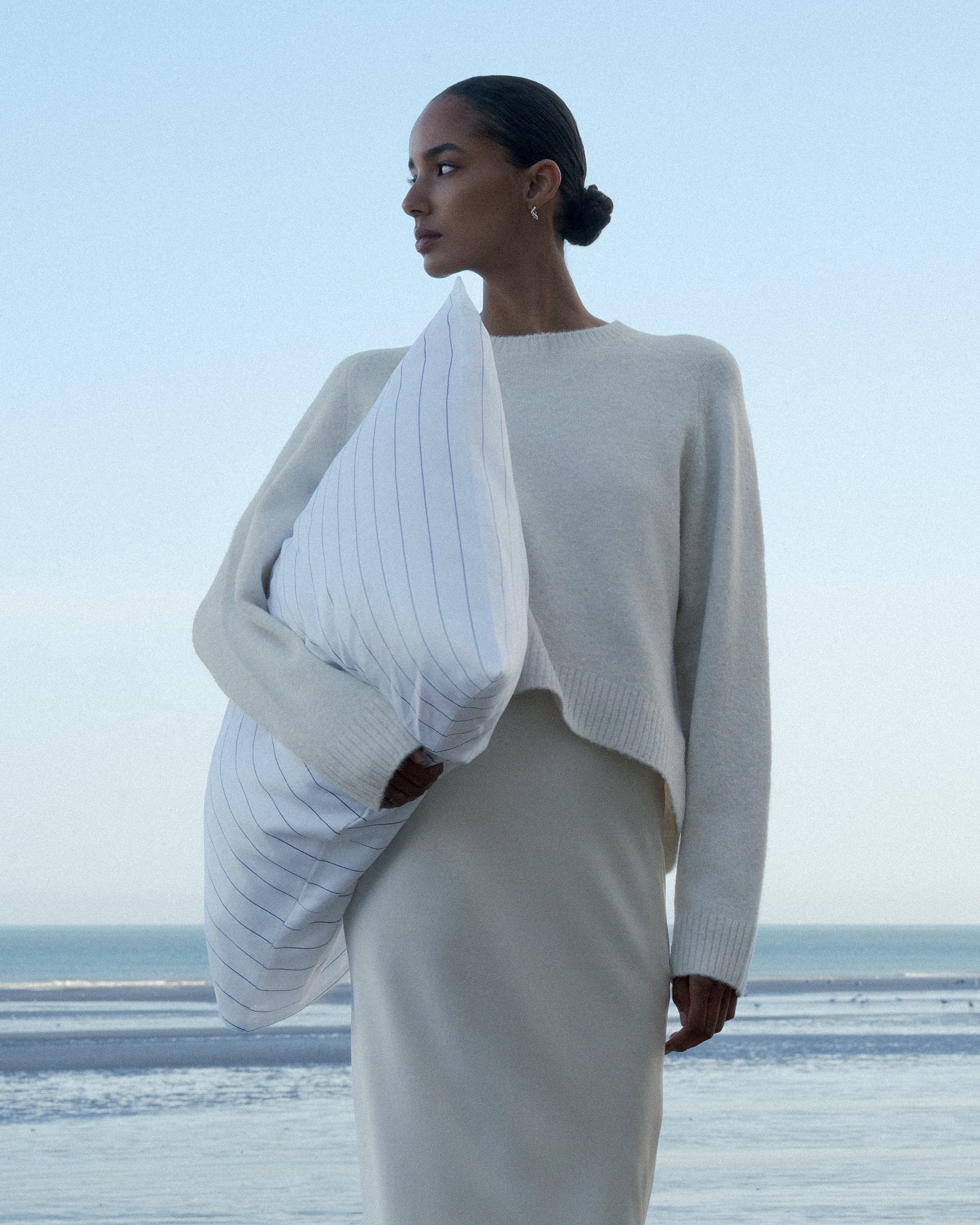Our Products
To produce bedding of the highest possible quality we needed to start with picking the right raw materials. It was important to us to use natural materials, and we chose high quality cotton for our products. Cotton is durable, absorbs moisture well and in higher qualities it gives an amazingly soft feel - in other words it is well adapted for bedding.
Cotton is a demanding plant and require very specific parameters to grow well. We measure cotton quality by the length of the cotton fibers (also called staples), and long fibers are found in the largest cotton plants. Our search ended in Egypt, where the best Giza-cotton is found in certain areas around the Nile delta. The heat and humidity in this area gives the cotton the time and nutrients it needs for a long growth season, resulting in larger plants and long plant fibers.
Only a few percent of the world's cotton production comes from Egypt, and not all cotton from Egypt is made from long fibers. Selecting the correct extra long staple Giza cotton was therefore paramount to us.

Ordinary cotton is harvested mechanically with large machinery for efficiency. This is a process that tend to damage the plant and break the fibers, but it is considered rational from an economic perspective. Our cotton is carefully hand picked to protect the plant and the cotton during harvest and preserve the fiber length for our production.
After picking, the cotton is combed to identify and separate the longest from the shortest fibers, and only the long fibers are selected for the threads that go into an Abate bedding.
The fibers are then spun into thread. With our longer fibers, fewer fiber ends protrude from our threads. With fewer fibers protruding from the thread it will feel smoother, softer and the fabric will experience less pilling over time.

Longer fibers makes it possible for us to create finer threads that still maintain their thread strength and abrasion resistance but with a much softer feel. This gives a lighter, softer fabric that lasts longer and retains strength and quality better than fabric made from normal cotton. The difference can be easily felt when you stroke your hand over the fabric. You feel less resistance and stiffness with a fabric made of Egyptian cotton and the fabric becomes lighter and breathes better.
Our weaving
The next thing to consider is weaving as different weaves can give very different qualities in a fabric.
In general, a weave describes how the threads called warp and weft in the fabric run above and below each other.

After much testing, the choice for us fell on a weaving method called satin.
Satin is a weave that is often chosen for its softness and good breathability. Here the threads run under one and over four opposite threads as the picture above. This means that the fabric has fewer locks where the thread runs under than a normal weave. The fabric becomes noticeably softer, but still retains a fresh feeling against the skin.
Our Thread Count
As thin threads made from long staple Egyptian cotton are considered the worlds best cotton threads, manufacturers have used thread density as a simple unit of measurement to communicate quality.
Thread Count describes the total number of threads in a square inch (2.54 cm x 2.54 cm), ie both the warp and the weft. The idea is that the more threads you can fit in a square inch, the thinner each thread- and longer each fiber must be. If the thread is spun from a long staple cotton like a certified Egyptian cotton, this is generally correct.
Regrettably, there is misleading marketing everywhere. Some manufacturers twist several weaker threads made from short staple cotton together. When they count the threads, they count all the weaker, twisted threads instead of the thread that is woven. The picture below shows a thread that is twisted by three weaker threads.

When you make fabric from these threads and count each thread separately, it gives a high thread density despite the fact that the cotton used is a short staple cotton of lower quality. In the example above, the thread density can be 100 but it can be sold as a thread density of 300. This is called a "multi ply" thread. Therefore, ask if multi ply or twisted threads are used if you buy bedding with high thread density. You'll be surprised to find how common this is and how often sellers aren't informed about this.
To ensure quality, strength and smoothness of our threads we therefore only use single ply threads of pure Egyptian cotton in Abate.

Our production
Our weaving and sewing is done in a family-run factory dating back almost a hundred years in the Guimarães district of northern Portugal. We consciously produce at this factory specifically to ensure the production quality, the working conditions of textile workers and the environment.
The strength of the threads and the durability of the fabric means that you get a product that lasts and keeps its high quality over time. This means you won't need to change as often as with lower grade textile qualities. Our goal is to bring long term value to both you and the environment with our products.




